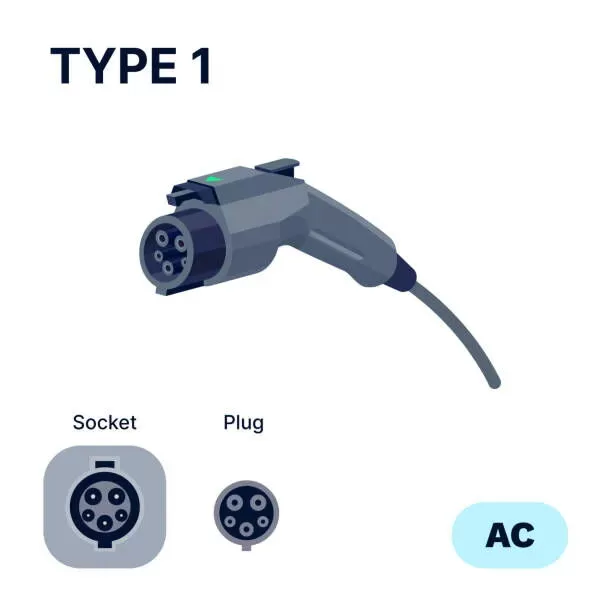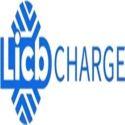Notifications

4 minutes, 4 seconds
-12 Views 0 Comments 0 Likes 0 Reviews

Type 1 vs. Type 2 EV Chargers: What’s the Difference and Why It Matters
As a leading EV charger manufacturer in China, LiCB Charge delivers reliable AC and DC electric vehicle charging stations along with comprehensive charging solutions.
As electric vehicles (EVs) gain momentum globally, understanding EV charging systems becomes crucial. Among the most commonly used connectors are Type 1 and Type 2 chargers, each with distinct features and regional preferences. Choosing the right charger impacts charging speed, convenience, and compatibility.
Type 1 chargers (SAE J1772) are prevalent in North America, Japan, and South Korea. These chargers use a 5-pin, single-phase connector, delivering power at 3.6 to 7.4 kW—suitable for home charging.
Key Features:
Circular 5-pin design
No built-in locking mechanism (requires manual clip)
Best for overnight charging or low daily usage
Vehicles Using Type 1:
Nissan Leaf (older models)
Mitsubishi Outlander PHEV
Chevrolet Volt, Spark EV
Ford Focus Electric
Some Kia Soul EV variants
Type 2 chargers (Mennekes) are standard in Europe and are gaining global traction. They feature a 7-pin design and support both single-phase and three-phase power, offering charging speeds up to 22 kW.
Key Features:
Oval-shaped 7-pin connector
Automatic locking system
Compatible with both home and public charging stations
Vehicles Using Type 2:
BMW i3, i8
Audi e-tron
Tesla Model 3 and S (EU versions)
Mercedes EQ models
Hyundai Kona Electric, IONIQ 5
Renault Zoe
Volkswagen ID.3, ID.4
| Feature | Type 1 | Type 2 |
|---|---|---|
| Connector Design | 5 pins, round, no auto-lock | 7 pins, oval, automatic lock |
| Power Supply | Single-phase only | Single & three-phase compatible |
| Charging Speed | Up to 7.4 kW | Up to 22 kW |
| Regional Use | North America, Japan, Korea | Europe, Australia, growing globally |
| Public Charging | Less common | Widely supported |
Choose Type 1 if:
You’re in North America or Asia
You mostly charge at home
Your EV only supports single-phase charging
Choose Type 2 if:
You live or drive in Europe
You want access to public fast chargers
Your EV supports three-phase charging
You value locking safety and future compatibility
While Type 1 and Type 2 remain essential for AC charging, the industry is moving toward DC fast charging standards like CCS (Combined Charging System) and CHAdeMO. CCS is based on the Type 1 or Type 2 plug, with two added DC pins for ultra-fast charging—making it the likely global standard moving forward.
Governments and automakers are pushing for harmonized standards, which means Type 2 and CCS connectors are becoming increasingly dominant worldwide.
Understanding the differences between Type 1 and Type 2 chargers helps ensure seamless EV ownership. Type 1 is simple and sufficient for home use in select regions, while Type 2 offers faster, safer, and more globally accepted charging—making it the better long-term investment for most users.
As the EV landscape evolves, aligning with universal standards like Type 2 and CCS will support more efficient, accessible, and sustainable electric mobility across the globe.Learn more about Google SEO.
China EV Chargers EV Charger Manufacturer EV Charging Solutions

